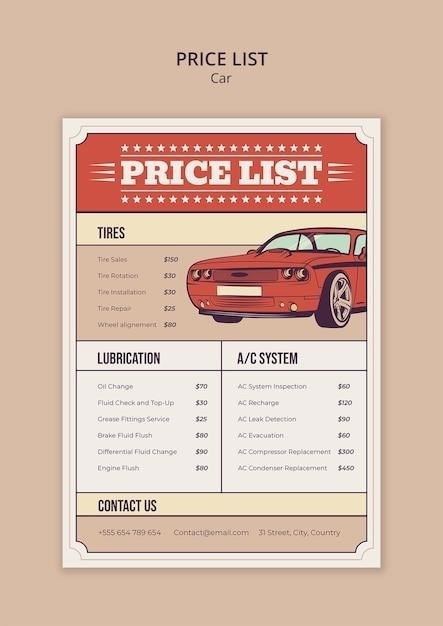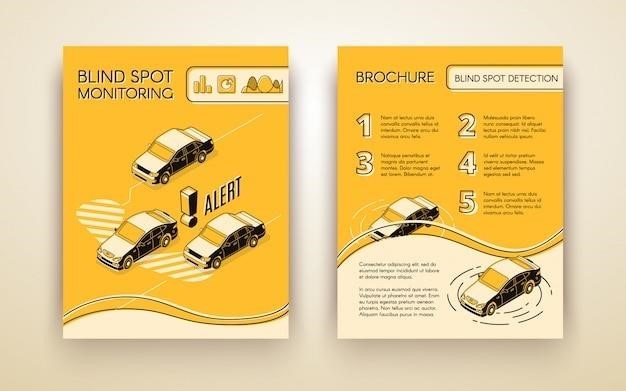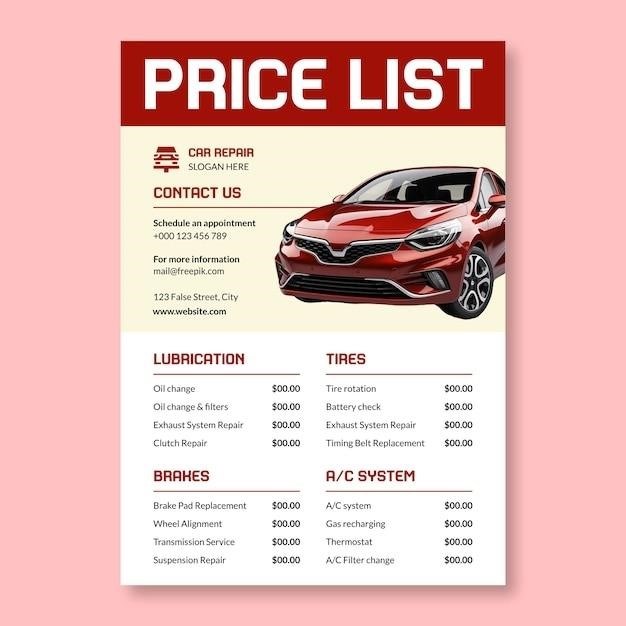This comprehensive guide will help you identify and value your Matchbox cars, with pictures to illustrate the different eras and models. Explore the history of Matchbox, from the Regular Wheels Era to the Superfast Era and beyond. Learn about the factors that influence value, such as condition, rarity, originality, and box and packaging. Discover online price guides, printed price guides, Facebook groups, and auction resources to help you determine the worth of your collection. This guide will provide you with the knowledge and tools you need to become a savvy Matchbox car collector.
Introduction
Matchbox cars, those iconic miniature vehicles that have captivated generations of children and collectors alike, have become a cornerstone of the diecast toy car world. Their simple design, affordability, and wide variety of models have cemented their place in the hearts of enthusiasts. But beyond their nostalgic appeal, Matchbox cars can also hold significant value, particularly for vintage and rare models. This price guide aims to provide collectors and enthusiasts with a comprehensive resource to understand the factors that influence the value of Matchbox cars, helping them navigate the exciting world of collecting and trading.
Whether you are a seasoned collector looking to expand your collection or a curious newcomer seeking to discover the world of Matchbox, this guide will equip you with the knowledge and insights needed to appreciate the value and significance of these miniature marvels.
The History of Matchbox Cars
The story of Matchbox cars begins in 1953 with Lesney Products & Co. Ltd., a small British toy company. Their initial focus was on producing miniature vehicles with a unique design⁚ they were small enough to fit into a matchbox, hence the name “Matchbox.” These early cars, known as the “Regular Wheels” era, featured simple construction and a wide array of models, including everyday vehicles, military vehicles, and even fictional creations. The Regular Wheels era was characterized by its use of black plastic wheels (BPW), grey plastic wheels (GPW), silver plastic wheels (SPW), and metal wheels (MW).
In 1970, Lesney introduced the “Superfast” era, marked by the introduction of a new wheel design that allowed the cars to travel further and faster. This innovation, along with a renewed focus on contemporary vehicles, further solidified Matchbox’s position as a leading toy car manufacturer. The Superfast era also witnessed the introduction of iconic models that continue to be highly sought-after by collectors today.
The Regular Wheels Era (1953-1969)
The Regular Wheels era is where the Matchbox legacy truly began. These early models, characterized by their simple design and often featuring black plastic wheels (BPW), grey plastic wheels (GPW), silver plastic wheels (SPW), and even metal wheels (MW), captured the imagination of children worldwide. The era was marked by a wide range of models, including iconic everyday vehicles like the Bedford TK Tipper Truck and the Ford Thames Trader, as well as military vehicles like the AEC Matador Tank Transporter. The Regular Wheels era also featured a variety of fictional creations, such as the “Matchbox” branded cars.
The early Regular Wheels era was defined by a more utilitarian design, but as the era progressed, the models became more detailed and intricate. The use of different materials, including metal for the chassis and plastic for the bodywork, allowed for greater precision and realism. The Regular Wheels era is a treasure trove for collectors, with many models becoming highly sought-after due to their historical significance and unique designs.
The Superfast Era (1970-1982)
The Superfast era marked a significant shift in Matchbox design, introducing a new level of speed and performance to the toy car world. The era is characterized by the introduction of the Superfast wheels, a unique design that allowed the cars to roll faster and farther than their predecessors. This innovation brought a new dimension of play to the Matchbox experience, appealing to children who loved racing their cars. The Superfast era also saw the introduction of a wider range of models, including sports cars, race cars, and other vehicles designed for high-speed action.
The Superfast era is a popular choice for collectors, with many models becoming highly sought-after due to their unique designs and iconic status. The Superfast cars are often remembered for their bright colors, bold graphics, and innovative features like opening doors, hoods, and tailgates. The era also saw the introduction of the Matchbox “Super Kings” line, featuring larger scale models with even more intricate detail and functionality.
The Modern Era (1983-Present)
The modern era of Matchbox cars has been marked by a constant evolution of design, materials, and themes. While the classic Matchbox aesthetic remains, the company has embraced new technologies and trends, reflecting the changing landscape of toys and collectibles. This era saw the introduction of more detailed and realistic models, often featuring intricate paint jobs, realistic interiors, and working parts. The focus shifted towards licensed vehicles, with Matchbox producing replicas of popular cars, trucks, and other vehicles from various brands.
The modern era also saw a significant expansion of Matchbox’s product lines, introducing new themes and series like the “Action Pack” and “Construction” lines. These lines feature vehicles designed for specific play scenarios, like racing, construction, or rescue missions. The company has also expanded its reach beyond traditional toy cars, introducing miniature versions of trucks, buses, motorcycles, and other vehicles. Today, Matchbox continues to innovate, pushing the boundaries of what’s possible in miniature vehicles, offering a wide range of options for collectors and toy enthusiasts alike.
Identifying and Valuing Matchbox Cars
Identifying and valuing Matchbox cars requires a keen eye for detail and a good understanding of their history and production. Start by determining the era of your car. Is it a Regular Wheels, Superfast, or Modern era car? Each era has distinct features and characteristics that can help you identify the model. Look for markings on the base of the car, such as the model number, year of production, or the country of origin. Compare your car with pictures and descriptions in online price guides or printed resources. Consider the condition of your car ― is it mint, near mint, or used? The condition plays a significant role in determining its value.

Matchbox cars also come in various variations, such as different paint schemes, wheel types, and packaging. Researching these variations can help you identify a rare or desirable model. Pay attention to the box and packaging, as they can significantly impact the value of a Matchbox car. A car in its original box, especially if it’s unopened, can fetch a higher price. Remember that the value of Matchbox cars is subjective and can fluctuate based on market trends, collector demand, and overall condition.
Factors Affecting Matchbox Car Value
Several factors influence the value of a Matchbox car. Condition is paramount ― a mint condition car in its original box will fetch a higher price than a used car with missing parts. Rarity is another key factor. Limited edition models, promotional cars, or cars with unique features can command a premium. Originality is crucial ⸺ cars that have been modified or repainted will generally be worth less than original models. The box and packaging are also important. An original box in good condition can significantly increase the value of a car, especially if it’s unopened. Additionally, the overall popularity of a particular model can impact its value. Cars that were popular in their time or have gained a following among collectors are more likely to be worth more.
The value of Matchbox cars can also be affected by factors beyond the car itself. The current market demand for specific models, the availability of similar cars, and even the overall economic climate can all influence prices. Therefore, it’s essential to stay updated on market trends and to consult with reputable price guides and collectors to get an accurate assessment of your Matchbox car’s value.
Condition
The condition of a Matchbox car is arguably the most significant factor determining its value. A car in pristine condition, free from scratches, dents, or paint chips, will command a much higher price than a car that shows signs of wear and tear. Collectors often use terms like “mint,” “near mint,” “good,” “fair,” and “poor” to describe the condition of a car. A “mint” car is considered to be in perfect condition, as if it had never been played with. A “near mint” car may have very minor imperfections, while a “good” car may have some noticeable wear. Cars in “fair” or “poor” condition may have significant damage or be missing parts.
It’s essential to carefully inspect a Matchbox car for any signs of damage or wear before making a purchase. Look for scratches, dents, paint chips, missing parts, or any signs of repairs. Consider the overall presentation of the car, including the condition of the wheels, tires, and axles. Remember, a car in excellent condition will be worth significantly more than a car that shows signs of use.
Rarity
Rarity is a major factor in determining the value of a Matchbox car. Certain models were produced in limited quantities, making them highly sought after by collectors. These rare models can command significantly higher prices than more common models. For example, the 1969 rear-loading VW Microbus is considered a rare find. Its high center of gravity made it prone to falling off Hot Wheels orange track, leading to its discontinuation. This rarity, coupled with its unique design, makes it highly sought after by collectors.
There are a few ways to determine the rarity of a Matchbox car. One way is to consult a Matchbox price guide or online resource. These resources often list the production numbers for different models, giving you an idea of how common or rare a particular car is. You can also check online auction sites like eBay to see what similar cars are selling for and how often they are listed. A car that is rarely listed and sells for a high price is likely to be rare. Additionally, older models, particularly those produced before 1970, are generally more rare than newer models.
Originality
Originality plays a crucial role in determining the value of a Matchbox car. A car is considered original if it remains in its original condition, meaning it hasn’t been altered or modified in any way. This includes the paint, wheels, and any other components. Original Matchbox cars are highly sought after by collectors because they represent a piece of history and reflect the original design and manufacturing process.
A car that has been repainted, has had its wheels replaced, or has had other parts altered is considered non-original. These cars may still be valuable, but they will generally be worth less than an original car. In some cases, a car that has been restored to its original condition may be worth more than a car that has never been restored. However, it is important to note that a restoration must be done to a high standard in order to increase the value of a car.
When evaluating the originality of a Matchbox car, it is important to look for any signs of alteration or modification. This may include paint chips, scratches, or other signs of wear and tear. It is also important to examine the wheels and other components to make sure they are original; A good resource for determining the originality of a Matchbox car is a Matchbox price guide or online resource. These resources often provide detailed information about the different variations of Matchbox cars and how to identify original components.
Box and Packaging
The box and packaging of a Matchbox car can significantly impact its value. A car in its original box, especially if the box is in good condition, is generally worth more than a car without a box. The box provides context and adds to the historical significance of the car, making it more desirable for collectors.
The condition of the box is crucial. A box that is complete, without any tears, creases, or other damage, will fetch a higher price. A box with minor damage may still be valuable, but its value will be reduced. A box that is missing its original packaging or has been heavily damaged is generally considered less desirable.
The type of box and packaging can also affect value. Early Matchbox cars were often packaged in simple cardboard boxes, while later cars were packaged in more elaborate boxes with colorful graphics and designs. Some Matchbox cars were also packaged in blister packs or other types of packaging. The type of packaging can provide clues about the age and rarity of a car. It’s worth noting that some Matchbox cars were sold loose, without any packaging. These cars may still be valuable, but they will generally be worth less than cars that were packaged in a box.
Matchbox Price Guides and Resources
There are a variety of resources available to help you determine the value of your Matchbox cars. These resources can provide information on different models, their history, and their current market value. Using a combination of these resources can give you a comprehensive understanding of the value of your collection.
One of the most important resources for Matchbox car collectors is a price guide. Price guides provide information on the value of different Matchbox cars, based on factors such as condition, rarity, and originality. Price guides can be found online or in print. Some online price guides are free, while others require a subscription. Printed price guides are typically available at bookstores and online retailers.
Another valuable resource is a Matchbox car forum or Facebook group. These groups allow collectors to connect with other enthusiasts, share information, and discuss the value of their cars. These groups can be a great source of information on rare models and recent auction results.

Online Price Guides
The internet provides a wealth of resources for Matchbox car collectors, including dedicated online price guides. These guides offer a convenient way to research the value of your collection from the comfort of your home. Many online price guides are free to access, while others might require a subscription or membership.
One such resource is the North Carolina Hot Wheels Association (NCHWA) website, which features a Lesney Matchbox price guide. Interestingly, this guide is found on a Hot Wheels website, highlighting the shared interest among collectors of various diecast brands. The NCHWA guide is a valuable resource for understanding the value of vintage Lesney Matchbox cars.
Other websites, such as ToyMart.com and Carters.com.au, also offer price guides for Matchbox cars. These sites provide detailed information on specific models, including their value and auction results. You can also find price guides for other diecast brands like Dinky and Corgi on sites like Facebook’s Diecast Model Cars Group. These platforms offer a valuable platform for connecting with collectors and staying up-to-date on market trends.
